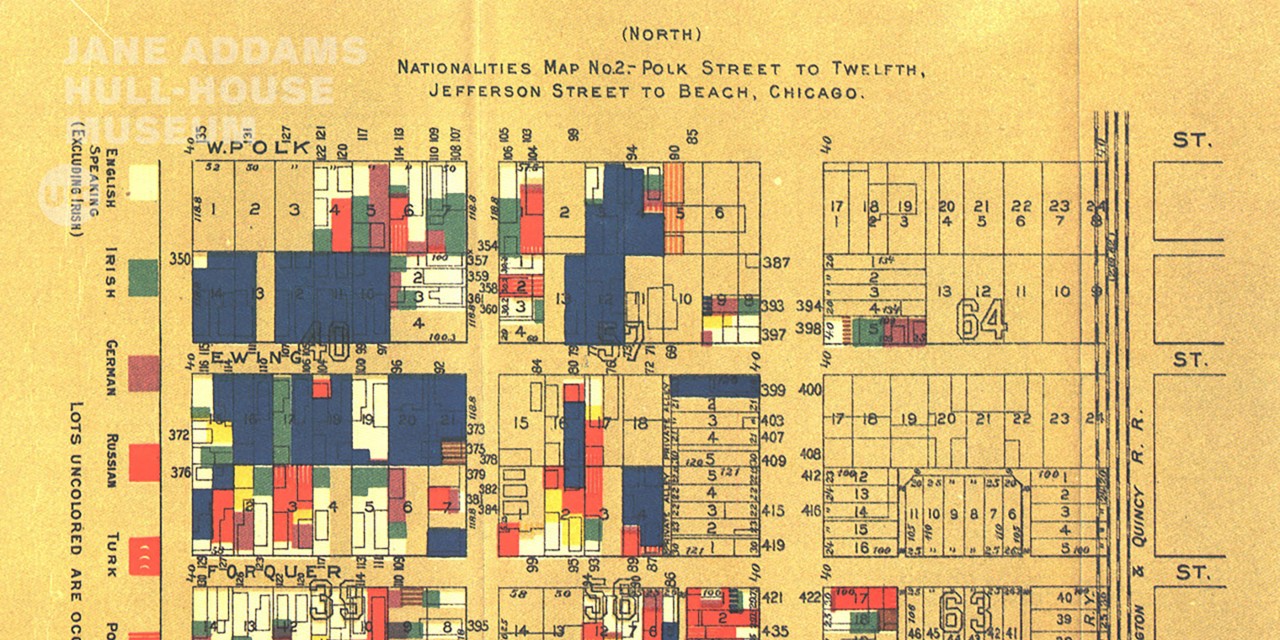
Climate Overview of California’s Coastal Regions
Introduction
California’s coastal areas, stretching from San Diego through Santa Barbara to San Francisco, are characterized by an exceptional climate that supports sustainable living and aligns with several Sustainable Development Goals (SDGs), particularly SDG 11 (Sustainable Cities and Communities) and SDG 13 (Climate Action).
Mediterranean Climate Characteristics
The southern and central California coast experiences a mild Mediterranean climate, which features:
- Warm temperatures
- Mild winters
- Dry weather with abundant sunshine
This climate supports sustainable urban development by reducing energy consumption for heating and cooling, contributing to SDG 7 (Affordable and Clean Energy).
Regional Climate Variations
- Coastal Cities: Locations such as Santa Maria and Long Beach benefit from consistent temperatures and low humidity, promoting comfortable living environments year-round.
- Inland Desert Areas: Areas like Palm Springs experience a desert climate characterized by hot weather and virtually no rainfall, highlighting the need for sustainable water management practices in line with SDG 6 (Clean Water and Sanitation).
Year-Round Mild Climate Benefits
- Coastal cities maintain average high temperatures above the mid-60s Fahrenheit (high teens Celsius) throughout the year.
- This stability supports sustainable tourism and local economies, contributing to SDG 8 (Decent Work and Economic Growth).
Conclusion
California’s coastal climate exemplifies how natural environmental conditions can support sustainable development goals by fostering resilient communities, promoting energy efficiency, and encouraging responsible resource management.
1. Sustainable Development Goals (SDGs) Addressed or Connected
- SDG 13: Climate Action – The article discusses various climate types in California, highlighting the importance of understanding and adapting to different climatic conditions.
- SDG 11: Sustainable Cities and Communities – The focus on coastal cities and their mild climates relates to urban sustainability and livability.
- SDG 3: Good Health and Well-being – The mild and consistent weather conditions contribute to the well-being of residents.
2. Specific Targets Under Those SDGs
- SDG 13 – Target 13.1: Strengthen resilience and adaptive capacity to climate-related hazards and natural disasters in all countries. The article’s description of diverse climates implies the need for adaptation strategies.
- SDG 11 – Target 11.6: Reduce the adverse per capita environmental impact of cities, including by paying special attention to air quality and municipal and other waste management. The article’s focus on coastal cities with mild climates suggests attention to urban environmental quality.
- SDG 3 – Target 3.9: Reduce the number of deaths and illnesses from hazardous chemicals and air, water and soil pollution and contamination. The mild climate and low humidity can influence respiratory health positively.
3. Indicators Mentioned or Implied to Measure Progress
- Indicator 13.1.1: Number of deaths, missing persons and directly affected persons attributed to disasters per 100,000 population. Implied by the discussion of climate types and potential hazards.
- Indicator 11.6.2: Annual mean levels of fine particulate matter (e.g., PM2.5 and PM10) in cities. Implied by the mention of mild climates and low humidity affecting air quality.
- Indicator 3.9.1: Mortality rate attributed to household and ambient air pollution. Implied by the article’s focus on weather conditions that impact health.
- Climate Data Indicators: Average high temperatures, humidity levels, and rainfall amounts as described in the article serve as environmental indicators relevant to climate adaptation and urban planning.
4. Table of SDGs, Targets, and Indicators
| SDGs | Targets | Indicators |
|---|---|---|
| SDG 13: Climate Action | 13.1: Strengthen resilience and adaptive capacity to climate-related hazards and natural disasters | 13.1.1: Number of deaths, missing persons and directly affected persons attributed to disasters per 100,000 population |
| SDG 11: Sustainable Cities and Communities | 11.6: Reduce the adverse per capita environmental impact of cities, including air quality | 11.6.2: Annual mean levels of fine particulate matter (PM2.5 and PM10) in cities |
| SDG 3: Good Health and Well-being | 3.9: Reduce deaths and illnesses from hazardous chemicals and pollution | 3.9.1: Mortality rate attributed to household and ambient air pollution |
| SDG 13, 11, 3 (Environmental Data) | Climate adaptation and urban planning targets | Average high temperatures, humidity levels, rainfall amounts (implied climate indicators) |
Source: science.howstuffworks.com






